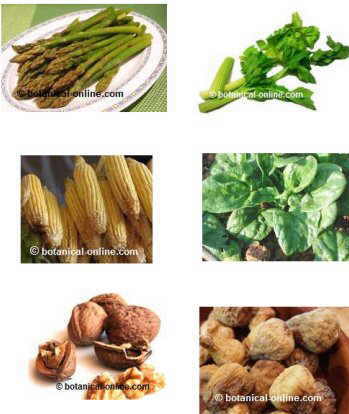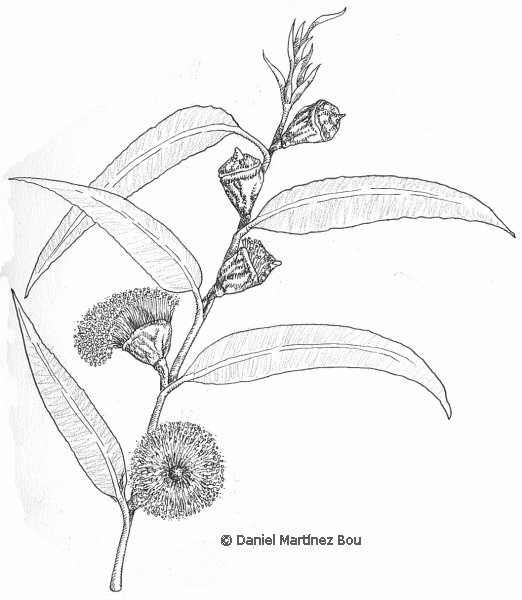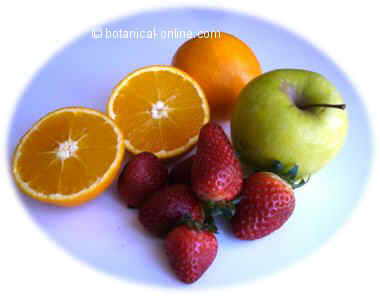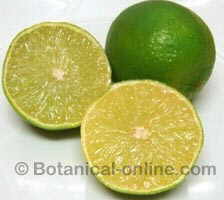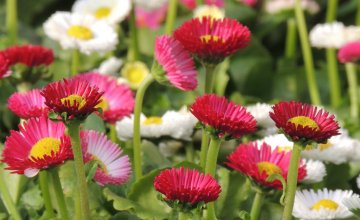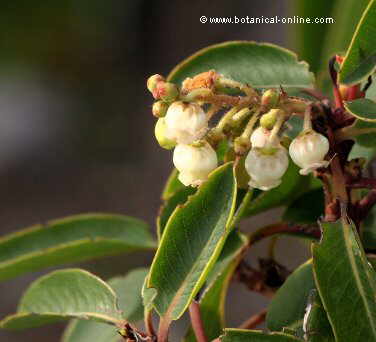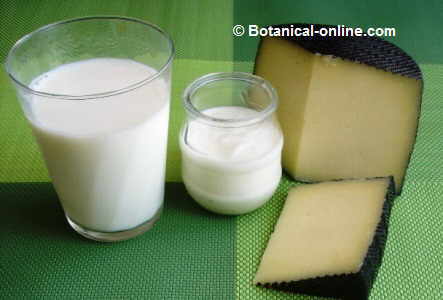Contents
What does a plant differ from an animal?
Both, animals and plants, are multicellular organisms that are composed of many cells.
However, both living beings belong to different realms.
This involves a number of different characteristics between animals and plants:
Differences in the way plants and animals feed themselves
Animal cells are said to be naked because they lack cell wall unlike plant cells.
At cellular level, animals are distinguished from plants because they do not have chlorophyll, they are heterotrophic organisms. That is to say, they transform the living matter from other living being into nutrients and energy for them to live.
On the contrary, plants are autotrophic, meaning that they are able to synthetize all they require to live. So they do not need another living beings.
This explains why animals are consumers and, unlike plants, they are not producers.
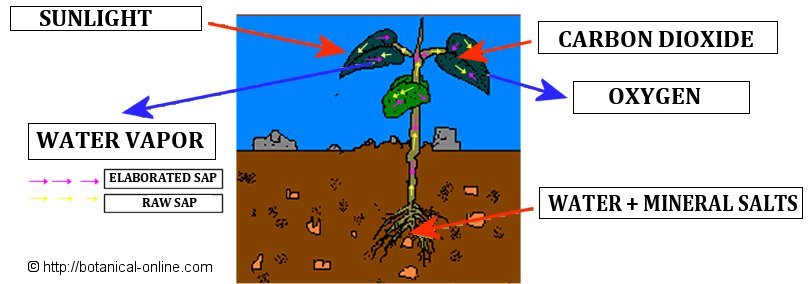
Representation of plant photosynthesis
Plants produce their food themselves, they are autotrophs
Differences in movement between plants and animals
Animals are free and mobile beings while plants are fixed organisms.
The growth of an animal is limited to age, however, the growth of plants is limitless.
When is hard to know whether we are facing an animal or a plant?
These characteristics of animals are met in higher animals, but as we go down the evolutionary scale and we found most primitive animal species, is not so clear its distinction with plants. For example, the sponge is an animal that has no mobility and coral growth is slow but steady.
Protozoa, belonging to the kingdom Protista, are those microscopic living creatures that can neither be classified as animals, nor plants or nor fungi.
Protozoa share with plants the attribute of possessing the same type of cell, called eukaryote, having nuclei and organelles defined by endomembranes; a different cell from prokaryotic cell, the typical one of bacteria.
Protozoa, unlike animals, plants and fungi, never form tissues, since they are not multicellular organisms.
Despite being unicellular organisms, these living beings can measure several millimeters in length in cases where they are colonial or even reach several centimeters in size on larger, such as foraminifera, a type of marine organism.
![]() More information on plants
More information on plants

